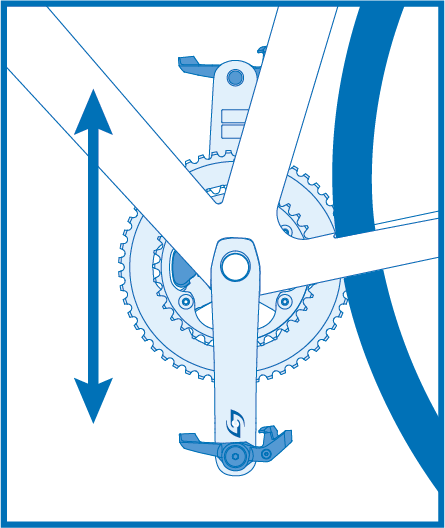The zero reset sets the point in which zero weight or force is being applied to the crank arm. This is an important step when first using the power meter, as well as a recommended process to perform periodically to ensure the meter is reading accurately. Any time the power meter is removed from the bike and reinstalled, a zero reset should also be performed. This process may be referred to as zero reset, calibration, or zero offset depending on the head unit manufacturer.
A zero reset can be performed using the Stages Cycling app or through your head unit. When paired to a compatible head unit, the power meter and head unit are in two-way communication; the head unit is able to send a command to the power meter to perform a zero reset. Please note the displayed zero reset value(s) will NOT be zero, but rather a number that corresponds to the measurement taken by the sensor. The head unit will also indicate if the procedure succeeded or failed.
Although the process for performing a zero reset will vary depending on the head unit manufacturer, it should roughly follow these general steps. Consult your head unit’s manual for more specific steps.
